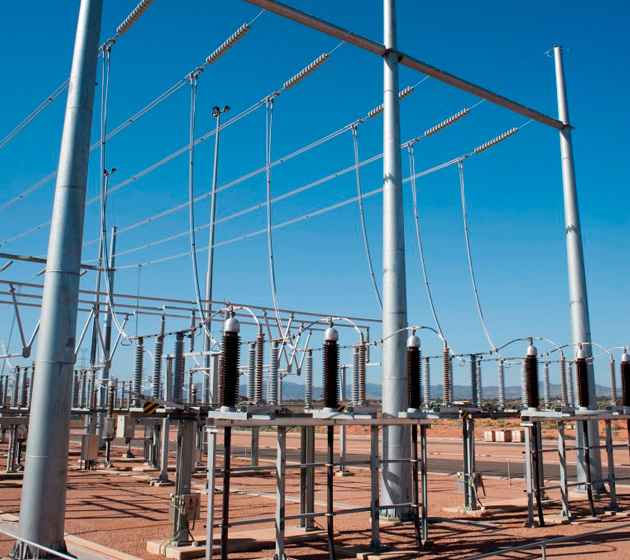With the rising demand for electricity, high voltage (HV) substations are becoming increasingly important in ensuring a reliable power supply.
An HV substation is a key part of the electricity network, providing a link between the high voltage (HV) transmission system and the lower voltage distribution system. The construction of an HV substation is a complex and expensive process, requiring a high level of engineering expertise and experience. If you are searching for high voltage (HV) substations service, you can contact Yancon.

Image Source: Google
In this article, we will provide an overview of the HV substation construction process, including the key stages, challenges, and considerations. We will also highlight some recent case studies to illustrate how these principles have been applied in practice.
The construction of an HV substation typically involves the following stages:
1. Site selection and surveying
2. Civil works including foundation design and construction
3. Erection of structural steelwork
4. Installation of electrical equipment
5. Testing and commissioning
Each of these stages presents its own unique challenges, which must be carefully considered to ensure a successful outcome. In particular, the site selection process is critical to ensuring that the substation can be safely and effectively integrated into the surrounding environment.
Once the site has been selected, Surveying work will be required to establish the precise location of the proposed substation and to identify any potential obstacles or risks associated with its construction.